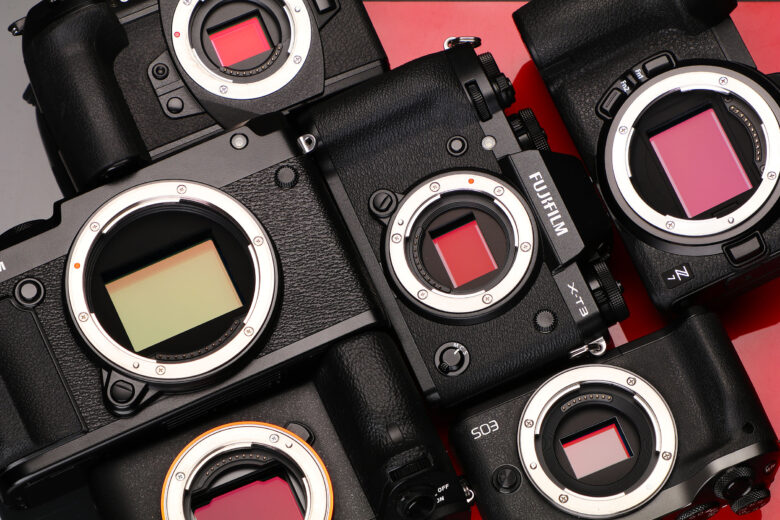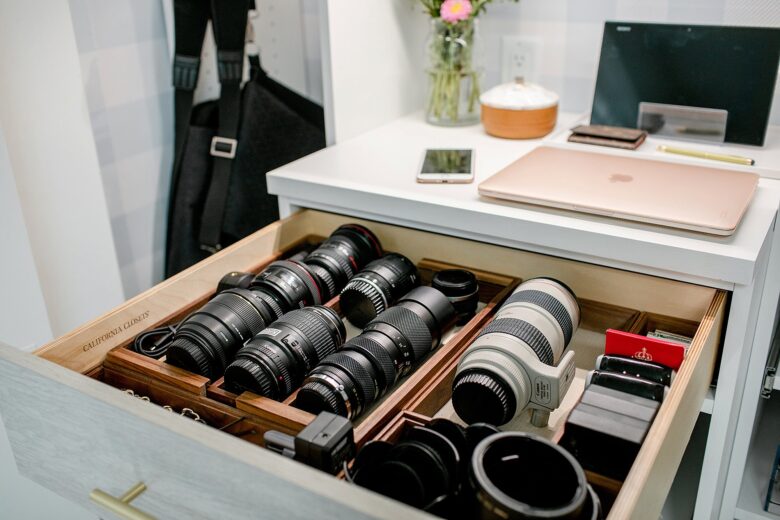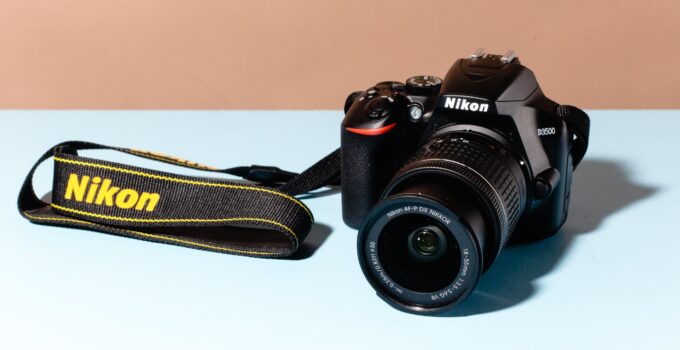A camera serves as a working tool, a source of income, and a general instrument for doing what you love for each professional photographer. Because of this, it’s essential that the camera always function well and be available for usage at any time. You must treat your DSLR camera with the appropriate care in order to accomplish this.
The first thing to think about is the requirement for care if you’re transitioning from a handheld camera to a DSLR. DSLRs have a lot of elements, and each one needs to be taken care of. Don’t overlook the camera’s accessories because they have a significant impact on both performance and results.
Even our suggestions should be double-checked with your camera’s manual because not all DSLRs are designed in the same way. According to the expert from Callmechat, taking care of the camera is easy if you follow some rules that you will learn about in this article.
Camera cleaning
Cleaning is one of the core components of camera maintenance. Dust and dirt must be kept away from all items.
Any photographer must eventually clean their equipment, and this is likely the most important and straightforward task. Cleaning a DSLR is essentially the same as cleaning a handheld camera. It uses a dry, spot-free cloth, especially one made of microfiber. Cleaning is done gently, without pressing. The back of the camera’s display must be handled with extreme caution. Avoid scratching the screen at all costs. You can use a cloth that has been gently dampened with a specific cleanser to remove tough dirt.
Lens
The lens has to be cleaned with a little extra care. Typically, a soft brush and an air blower are used to clean lenses. These things help in gently removing dust and other microscopic particles from the lenses. They can be cleaned with a tissue, but you should do it carefully and only after using a blower to remove the dust. If you don’t, you run the danger of scratching the lens, which will degrade the quality of your photos.
Another crucial point is that you must clean both of the two exterior lenses that come with interchangeable lenses.
Both lenses must be covered with protective covers to keep them secure and clear from damage and contamination.
The lens mount also requires care. It needs to be protected from moisture and dirt because it has exposed contact. You can also use a microfiber cloth for this. By the way, because they don’t leave lint behind, these wipes are the ones that are used to clean cameras.
Mirror
Every time we change lenses from one to the other, the mirror is open to the natural elements as well. The images that are shot with the camera might also be significantly impacted by dirt on the mirror. This component must be cleaned carefully because it is delicate and important to the camera’s operation.
We use the same blower to clean the lens to clean the mirror as well. In order to protect the mirror’s delicate surface, no pressure should be applied to it. Asking for assistance from specialized shops is always an option if you are concerned that you won’t be able to do the task on your own.
Sensor

Source: dpreview.com
An additional crucial component of an SLR camera is the sensor. Dust on the sensor will cause blurry dots to appear in all images. A sensor cleaning feature is included in certain more recent cameras. The major dust is knocked off the surface by a short vibration that the sensor uses to accomplish this. In the majority of cases, this cleaning is sufficient to restore the sensor’s functionality. But occasionally, it’s not enough.
In these situations, a thorough cleaning will be necessary. It can be made with the use of special sticks that resemble brushes or cotton balls. They come with typical sensor cleaning kits. Also, cleaning can be ordered in camera repair shops.
Make sure to close the sensor cover when removing the lens to prevent repeated sensor cleaning. Keep the sensor closed after a few seconds of opening.
LCD display
We’ve already said that a quick wipe will clean the display. There isn’t much complexity to it overall. To avoid harming the screen, don’t press down though. Additionally, it is advised that you keep the camera in a bag or case with soft or shockproof protection. It will be considerably more challenging to view and edit photos directly on the camera if the screen cracks due to dropping it or mechanical damage.
In general, cleaning and maintenance are done in a similar manner to using a smartphone. Additionally, there are specific safety glasses that are fastened to the camera display.
Camera storage

Source: dianaelizabethblog.com
The camera should be stored in a dry place, protected from the accumulation of moisture. Otherwise, humidity could potentially harm the components. It is preferable to store it in a bag or case that is out of children’s and animals’ access. The best place for storage is typically a desk drawer or shelf with a door.
Make that the camera is securely placed away from magnets and other electronic equipment, along with all of its accessories. Keep the camera away from harsh sunlight. This remains applicable to both the lenses and the camera itself. Additionally, when shooting images, you should avoid pointing the lens directly at the sun. The simple explanation for this is that even with the lens turned on, the lens emits sunlight, which might harm the sensor. Long-term contact can potentially cause the sensor to catch fire.
The temperature when storing the camera, just like when using it, should not be too high or too low. Despite recommendations and protective coatings, overheating and undercooling of the device must always be monitored. The battery should be removed when storing the camera to reduce the chance of corrosion.
What not to do
Additionally, there are a few common mistakes made when handling and using the camera. For instance, when cleaning, you shouldn’t use compressed air instead for a blower. It has an excessively strong flow, which could harm the elements. Additionally, the high pressure in some cameras may actually push the dust farther into the device’s design, making it impossible to remove.
Always apply liquid cleansers and agents to a cloth before using them on a glass or other surface. Only distilled water should be used for cleaning.
Never use alcohol or paint thinner or other strong detergents on the camera. Do not rub the surfaces vigorously.
Frequent cleaning of the camera part is undesirable; it harms the coatings, so preventive measures are much more effective in this case.
Avoid touching the lenses, display, sensor, or mirror with your fingers when using or cleaning the DLSR camera. Even while it may seem insignificant, grease on your skin has the potential to ruin the lens coating in addition to damaging the sensor’s sensitive surface or leaving marks. This is why you should use a microfiber cloth to wipe away any fingerprints as soon as you see them.
Avoid taking out the camera lens or opening the battery when shooting outside in windy, dry conditions or while it is raining. Hold the camera with the open end facing downward if necessary.
When using the camera on a regular basis, make sure to attempt to maintain it attached to the strap to prevent drops. This will prevent the camera from falling to the ground or into the water if it accidentally falls out.
Long life for any camera can be ensured by taking proper care of it and maintaining it in good condition.




